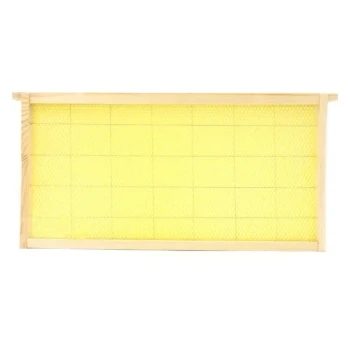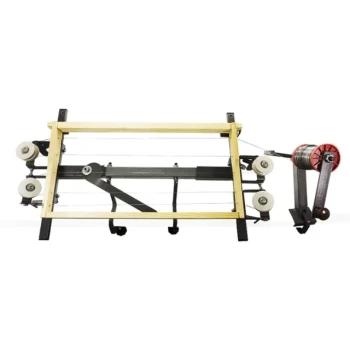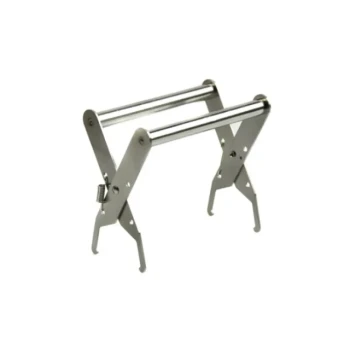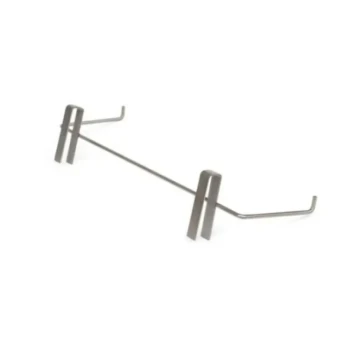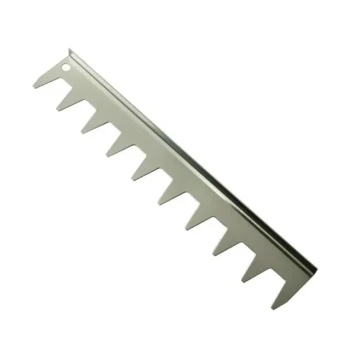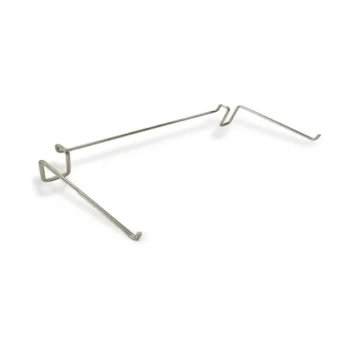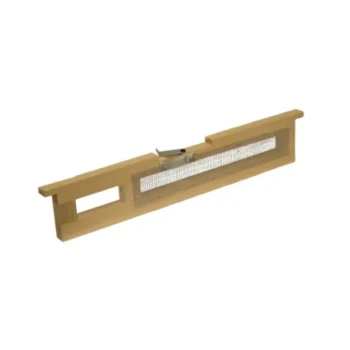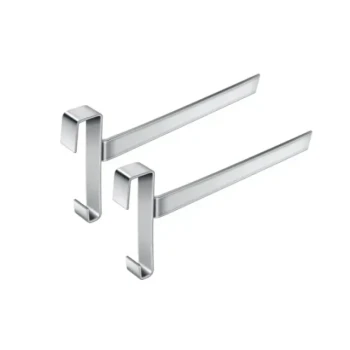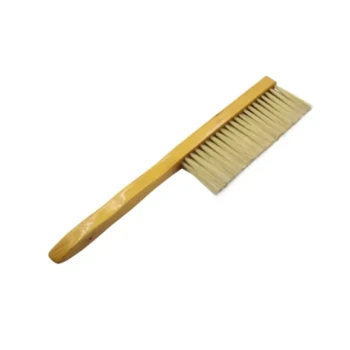The short answer is this: Grooves in the top and bottom bars of a Langstroth beehive frame are designed to securely hold a sheet of foundation. This foundation acts as a guide, encouraging bees to build straight, uniform honeycomb within the frame, which is essential for modern beekeeping.
The purpose of a frame's grooves isn't just to hold a piece of wax; it's to support a system of hive management. By ensuring bees build straight and predictable comb, grooves make hive inspections, management, and honey harvesting possible with minimal disruption to the colony.
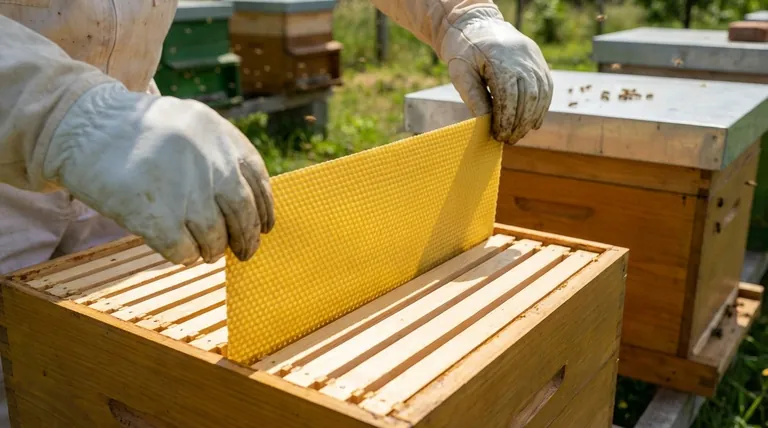
The Core Purpose of a Beehive Frame
Before focusing on the groove itself, it's critical to understand the role of the frame it's built into. Frames are the single most important innovation of the Langstroth hive.
Providing a Removable Structure
Frames provide a defined structure where bees build their comb to store honey and raise their young (brood).
Most importantly, they are designed to be easily removed from the hive. This allows beekeepers to inspect the colony's health, check for pests, and harvest honey without destroying the bees' work.
Guiding Comb Construction
The frame acts as a boundary, directing the bees on where to build their comb. This organized structure prevents bees from attaching comb to the hive walls, which would make the frames impossible to remove.
How Grooves Facilitate an Organized Hive
The groove is a small but vital feature that enhances the frame's primary function, especially when using foundation.
Securely Holding the Foundation
Foundation is a thin sheet, typically made of wax or plastic, imprinted with the hexagonal pattern of honeycomb.
The groove in the top bar and the corresponding groove in the bottom bar create a channel. The sheet of foundation slides into these channels, holding it securely in the center of the frame.
Ensuring Straight, Uniform Comb
By holding the foundation taut and straight, the grooves prevent it from warping or sagging. This provides the bees with a perfect guide.
The result is perfectly straight comb built neatly within the frame's dimensions, which is the key to easy removal and inspection.
Understanding the Trade-offs: Foundation vs. Foundationless
While grooves are designed for foundation, some beekeepers prefer to let the bees build their own comb from scratch. This is known as foundationless beekeeping.
The Role of a Guide in Foundationless Frames
If you are not using foundation, you do not technically need grooves to hold anything.
However, even in foundationless frames, a small wooden guide or a simple line cut into the center of the top bar is highly recommended. This small ridge encourages the bees to start building their comb along the correct centerline, achieving the same goal of straight, manageable comb.
Making the Right Choice for Your Hive
Understanding the purpose of grooves helps you choose the right equipment for your beekeeping goals.
- If your primary focus is ease of management and faster honey production: Use frames with grooves and install wax or plastic foundation.
- If your primary focus is more natural beekeeping: Use foundationless frames, ensuring they have a guide strip or cut line to encourage straight comb.
Ultimately, this small design detail is fundamental to the entire system of modern, non-destructive beekeeping.
Summary Table:
| Feature | Purpose | Benefit |
|---|---|---|
| Top & Bottom Bar Grooves | Securely hold a sheet of foundation | Provides a guide for bees to build straight comb |
| Foundation (Wax/Plastic) | Acts as a built-in template | Encourages uniform honeycomb, preventing cross-comb |
| Straight Comb Result | Comb is built neatly within the frame | Enables easy frame removal, inspection, and honey harvesting |
| Foundationless Alternative | Uses a guide strip instead of grooves | Allows for natural comb building while maintaining manageability |
Ready to equip your apiary for maximum efficiency?
HONESTBEE supplies high-quality, grooved Langstroth frames and durable beekeeping equipment to commercial apiaries and distributors. Our wholesale-focused operations ensure you get the reliable tools you need to support healthy, productive hives.
Contact our team today to discuss your supply needs and streamline your beekeeping operation!
Visual Guide
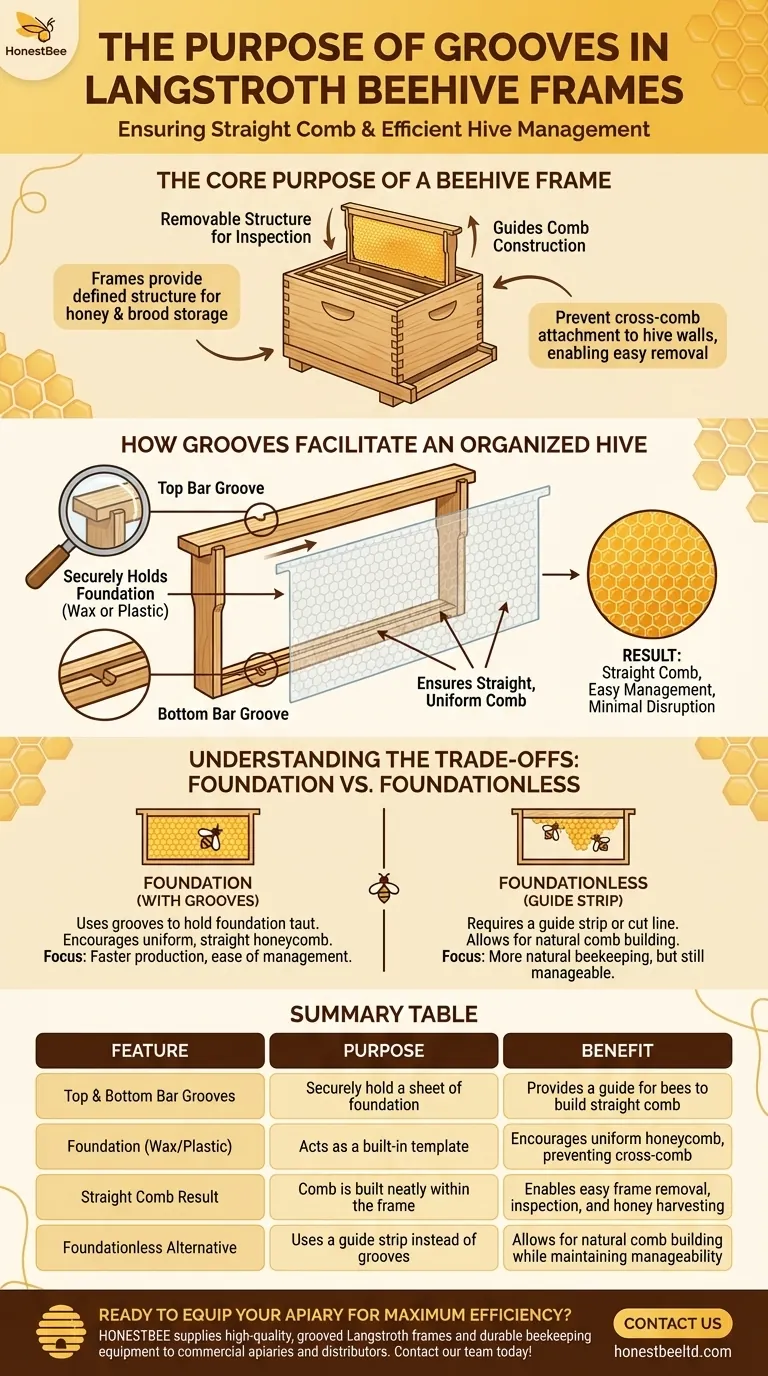
Related Products
- Assembled Wooden Bee Frames with Beeswax Foundation Ready to Use by HONESTBEE
- HONESTBEE Wired and Assembled Wooden Bee Frames Foundation for a Thriving Hive
- Professional Bee Frame Wiring Tool with Integrated Tensioning System by HONESTBEE
- Heavy-Duty Stainless Steel Frame Grip
- Plastic Bee Frame Beekeeping Hive Frames for Wholesale
People Also Ask
- Can old bee frames be reused? Weighing the Risks vs. Rewards for Your Hive
- How do wooden frames perform during honey extraction? Superior Rigidity for a Smoother Harvest
- What are bee frames, and how do they relate to box sizes? A Guide to the Langstroth Hive System
- When should I throw away my bee frame? A Guide to Hive Health & Frame Rotation
- How are Langstroth beehive frames assembled? A Step-by-Step Guide for a Durable Hive
